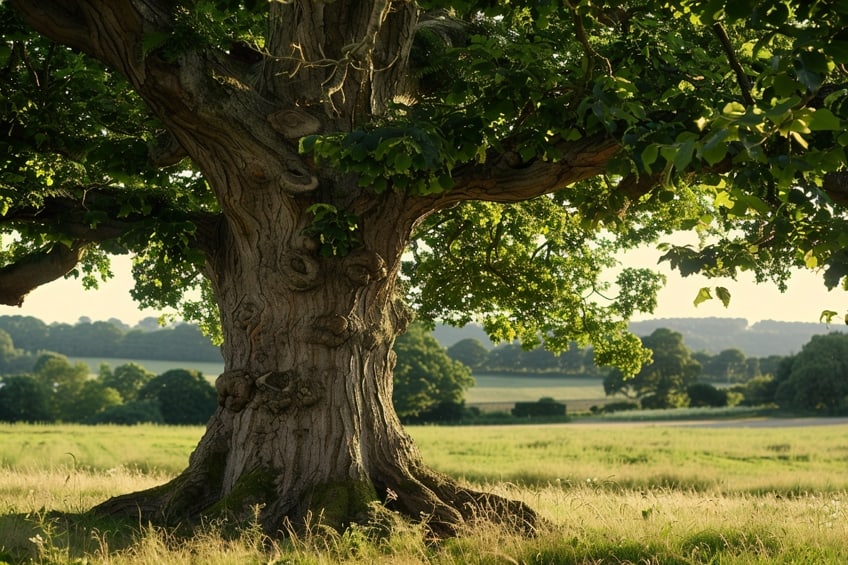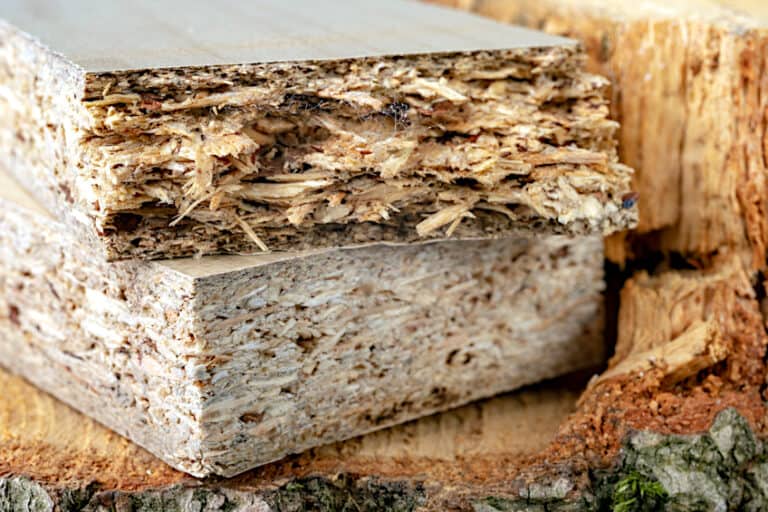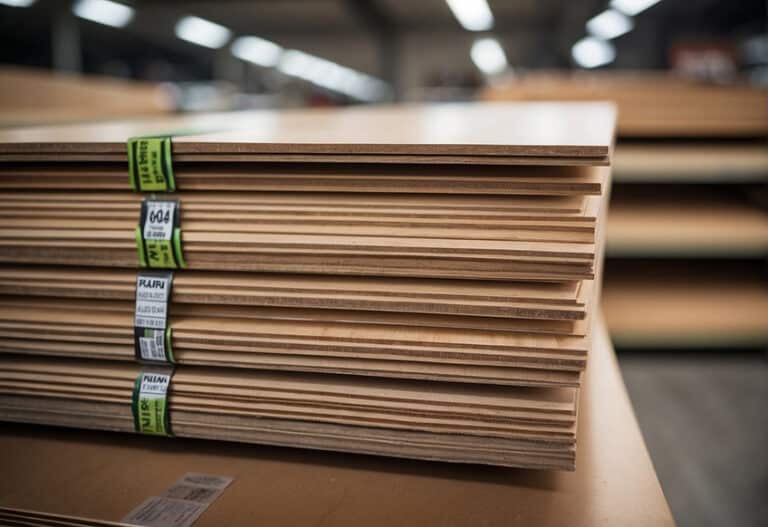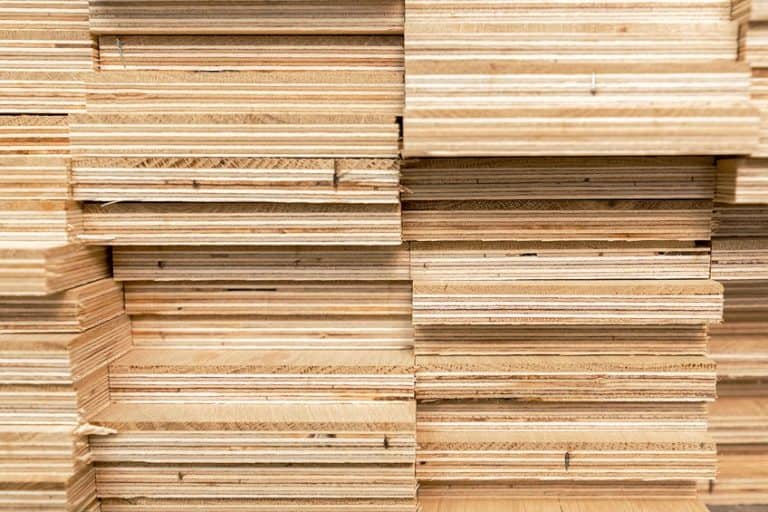How Much Is a Walnut Tree Worth? – From Bark to Bank
Welcome to the intriguing world of walnut trees, where the value of these majestic arboreal wonders goes beyond their mere appearance in orchards or landscapes. Have you ever wondered just how much a walnut tree is truly worth? Prepare to delve into the depths of horticultural economics as we uncover the nutty truth behind the value of walnut trees. From their luscious foliage to the lucrative bounty of their nuts, join us on a journey to discover the hidden treasures nestled within the branches of these remarkable trees. Brace yourself for a nut-cracking exploration that will leave you seeing green in more ways than one!
Table of Contents
Key Takeaways
- Black walnut trees are valuable for their nuts and lumber.
- The size and quality of the tree significantly influence its overall value.
- Walnut trees require careful assessment for accurate valuation.
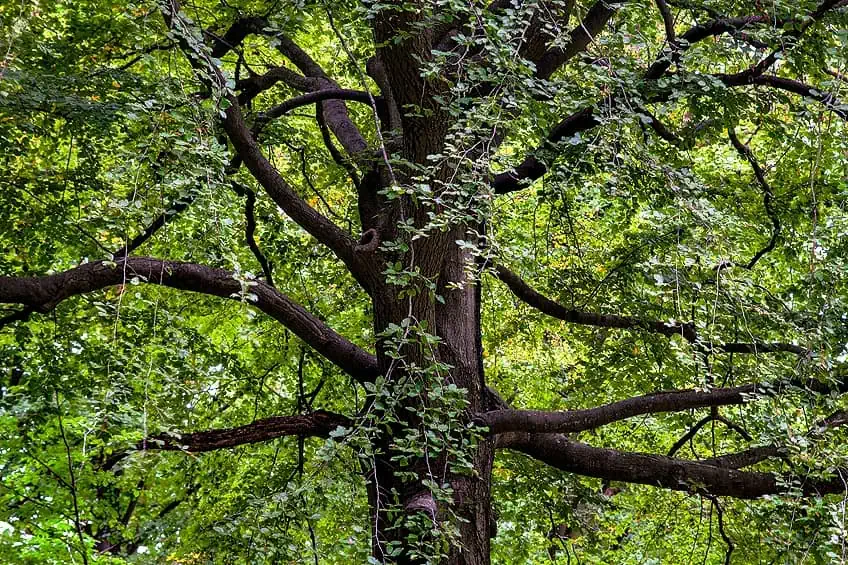
How Much Is a Black Walnut Tree Worth?
The value of a walnut tree can be considerable, marking it as a potentially significant investment for landowners and those in the timber industry. Black walnut trees, in particular, are highly sought after for their versatile and aesthetically pleasing wood, making them valuable both as a nut-producing crop and as a source of timber. The worth of a walnut tree greatly depends on several factors, including its age, size, and the quality of its wood. Determining the exact value of a walnut tree requires assessing its potential in both the production of nuts and the sale of its wood.
Large walnut trees with substantial diameters can attract high prices, especially when they reach over 30 inches in diameter.
Woodworkers and investors often prize walnut wood for its strength and dark, alluring grain, offering opportunities for significant annual income through both crop yield and timber sales. Mature black walnut trees can command prices ranging from $1,000 to $10,000 or more. The wood’s price per board foot varies, typically between $8 to $18, influenced by its condition, whether it’s rough-sawn or planed. The worth of a black walnut tree also depends on the diameter of the trunk. A tree with a 20-inch diameter could sell for between $700 to $800 or more, provided the wood quality is high.
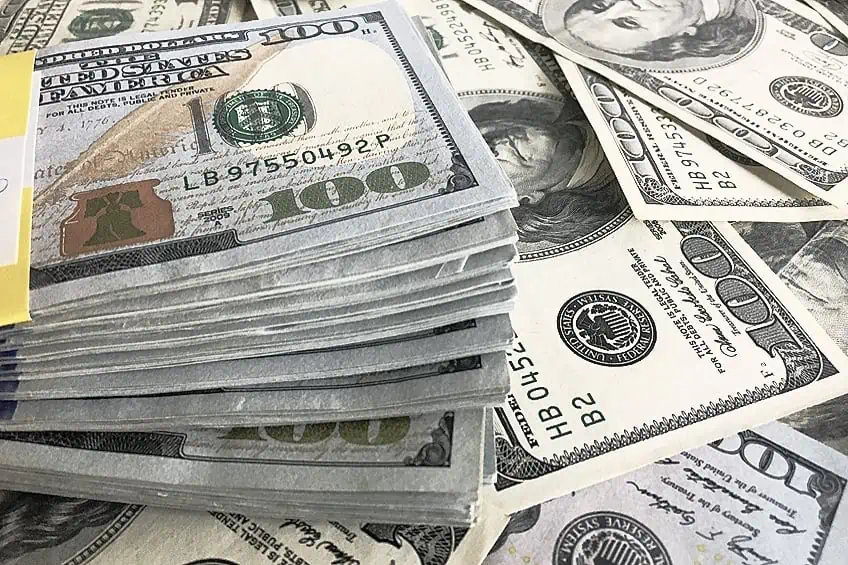
For an accurate assessment, a Black Walnut Tree Value Calculator can be a useful tool. It takes into account specific measurements and conditions of the tree to provide a more precise valuation. The broader factors affecting pricing include the tree’s location, accessibility for removal, and prevailing market conditions. When trees need to be removed, understanding their value can often offset or reduce the cost of removal. When determining the worth of a black walnut tree, it’s critical to consult with a professional forester or a timber buyer.
They consider all necessary variables to ensure fair compensation for this valuable natural resource.
What Are the Factors Affecting Black Walnut Tree Value?
The value of a black walnut tree is influenced by several key factors:
- Size: Diameter and height are primary determinants. Larger trees typically provide more valuable lumber.
- Age: Older trees can yield higher-quality wood, but age must correlate positively with size and health to add value.
- Quality of wood: Healthy wood is free of defects such as splits or rot and increases value. A consistent dark color is typically more desirable and a straight, uniform grain is preferred over irregular patterns for most applications.
- Location and accessibility: Trees easily accessible for harvest are more valuable than those in remote or difficult-to-access locations.
- Market demand: High demand for black walnut lumber elevates tree value, influenced by trends in furniture making and woodcraft.
- Condition and health: Trees free of diseases fetch a better price, and a lack of mechanical damage or wounds ensures higher value.
It is crucial to have a professional assessment to accurately determine a black walnut tree’s worth, considering the combined effect of these factors.
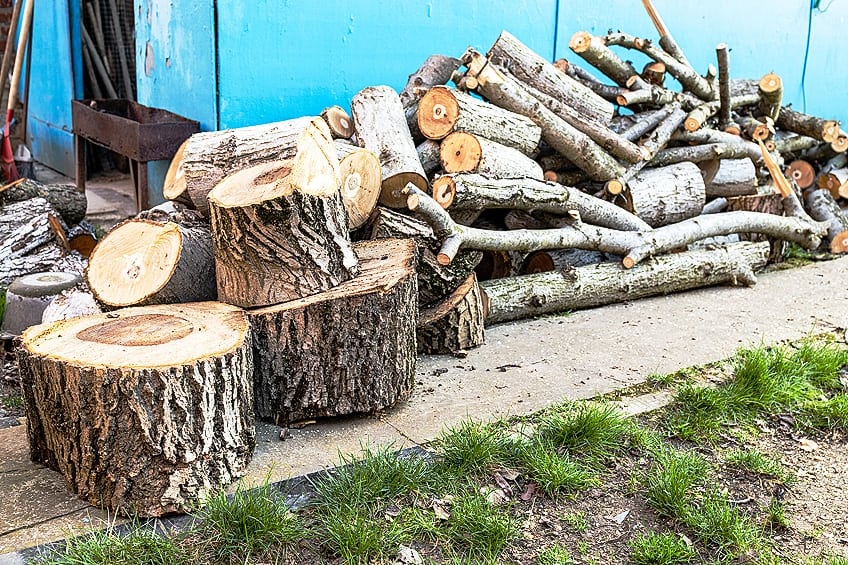
Determining the Value of a Walnut Tree
Determining the value of a walnut tree involves assessing several factors—including age, size, and wood quality—that influence its market price. This value may fluctuate based on changing market demands and the specific characteristics of the wood.
Factors Affecting Walnut Tree Worth
The worth of a black walnut tree is shaped by multiple elements. Firstly, age and size play pivotal roles, as mature trees tend to have a higher value. Specifically, diameter and height are critical measurements, usually with larger trees being more valuable. The health of the tree affects the quality of the wood, while grade A wood, which is superior in quality with minimal blemishes, yields the highest value. Another consideration is whether the wood is suitable for veneer, the finest slices of wood used for high-end products, which can substantially increase its value.
- Age: Mature, usually over 20 years, indicating more usable wood
- Size: Measured by diameter and height
- Quality: Health of the tree and presence of blemishes
- Veneer grading: Grade A (clear wood), Grade B, Grade C
- Lumber grade: Impacts practical use in furniture, flooring, etc.
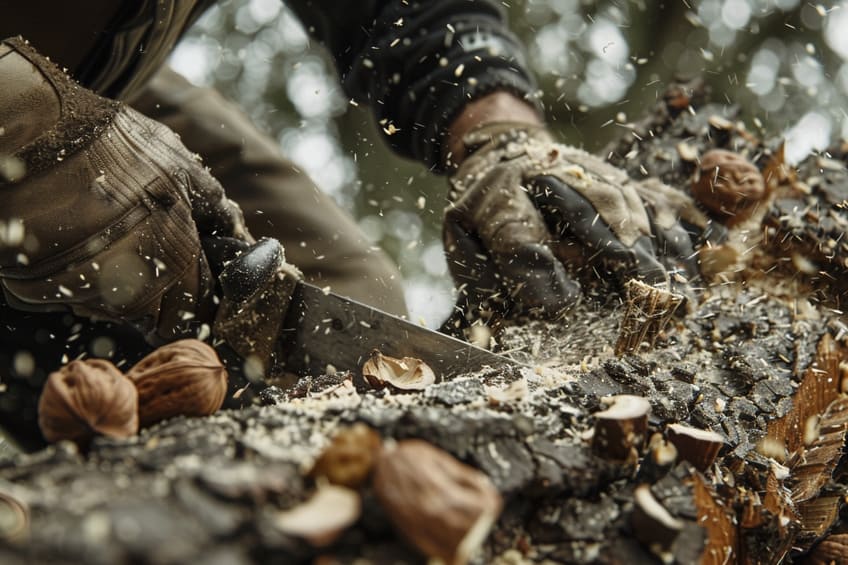
Calculating Tree Worth
Calculating the value of a black walnut tree can be approached using the biltmore stick method, where diameter and height are measured to estimate board footage. The standard unit of measure, per board foot, takes into account the volume of usable wood.
The formula tree value = diameter x height x basic value provides a ballpark figure, yet it requires market knowledge to align with current rates.
- Board foot: A 12″ x 12″ x 1″ measurement of wood
- Biltmore stick: A tool used to measure diameter and estimate board feet
- Calculation example:
- Diameter: 20 inches
- Height: 60 feet
- Basic Value: $10 per board foot
- Tree Value = 20 in × 60 ft × $10
Market Considerations
The market value of black walnut wood is informed by demand for products like furniture and guitars, which prize high-quality wood. Fluctuating market prices are thus pivotal to specifying the tree’s worth at a given time. As a sought-after lumber for woodworking, black walnut must be evaluated in the context of its demand for walnut wood, understanding that high-quality wood generated from Grade A lumber is more prized in the market.
- Demand for walnut wood: Influences overall market pricing
- Products: Types of items created from the wood, e.g., furniture or guitars
- Market prices: Current values based on economic conditions and trends
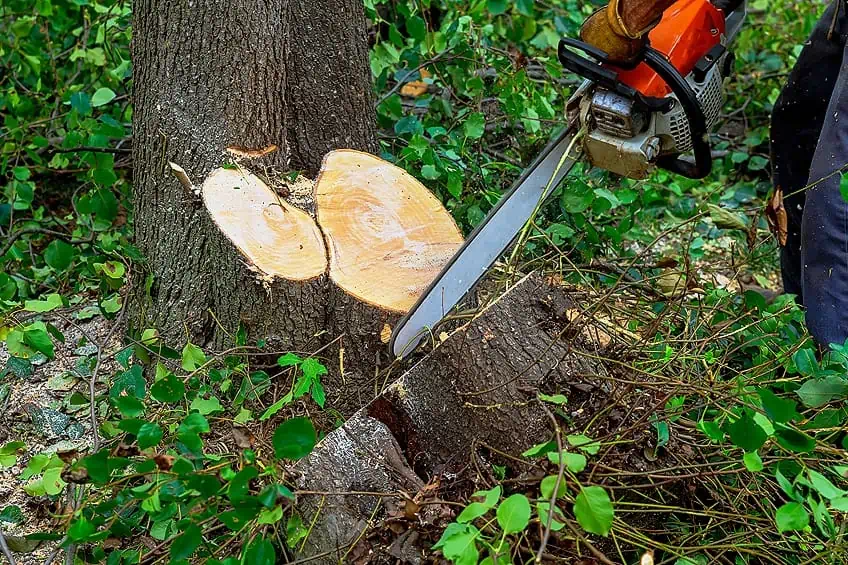
Benefits and Care of Walnut Trees
Walnut trees are valuable assets for homeowners, offering ecological, aesthetic, and practical benefits. Proper care can extend their lifespan and enhance nut production, contributing to both the landscape and investment potential.
Ecological and Aesthetic Benefits
Walnut trees, particularly mature ones, serve as excellent carbon sinks, aiding in the fight against global warming by absorbing carbon dioxide from the atmosphere. Homeowners can often benefit from carbon credits due to the tree’s environmental contributions. Additionally, the lush foliage and potential to reach substantial heights make walnut trees beautiful landscaping choices, providing shade and enhancing the beauty of the landscape. The presence of a walnut tree in a backyard can offer a habitat for wildlife, contribute to the ecosystem, and act as a natural climate conditioner.
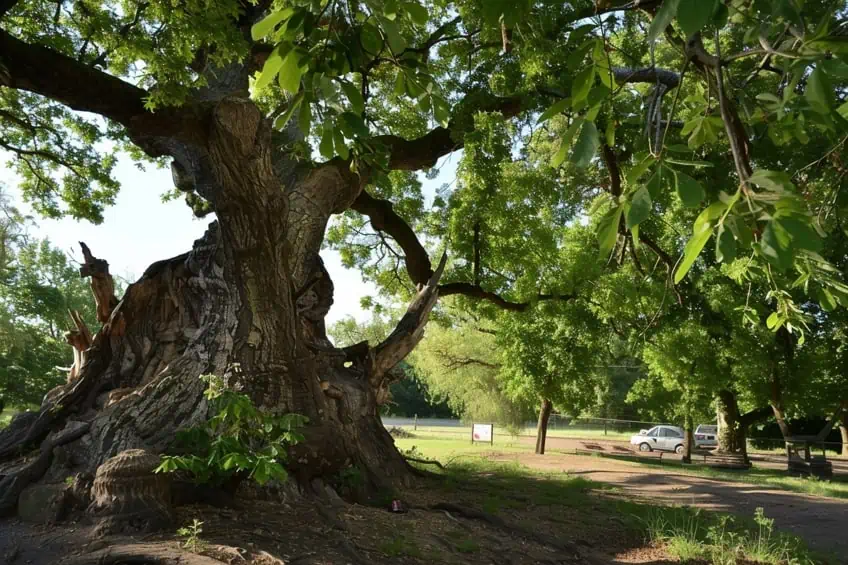
Cultivation and Maintenance
For optimal growth, walnut trees require a location with plenty of sunlight and well-drained soil rich in nitrogen. The planting season must be timed to allow the root system to develop before extremes in weather. Care involves ensuring proper drainage to prevent root diseases and applying fertilizer to supplement nutrient needs. The tree’s water requirements vary with climate and season, but consistent moisture is crucial during the growing period.
Landscaping around walnut trees should consider the compound juglone, found in roots, leaves, and nuts, which can be toxic to certain plants.
Harvest and Utilization
A mature walnut tree can produce a significant yield of nuts, highly valued for their use in various recipes. Harvesting typically takes place in autumn when the fruit ripens. Owners may also benefit economically from walnut trees due to the demand for high-quality lumber. Usable wood from walnut trees is sought after for its dark, durable character and is commonly used in woodworking for items like furniture and gunstocks. While the immediate return from nut production is seasonal, the long-term investment in the wood can be substantial, adding to the walnut tree’s overall worth for homeowners.

As we wrap up our exploration into the value of walnut trees, it’s clear that these arboreal wonders hold more than just monetary worth. Beyond their potential for profit lies a deeper appreciation for their ecological contributions, aesthetic beauty, and historical significance. From the crunch of their nuts to the shade they provide on a scorching summer day, walnut trees enrich our lives in myriad ways. So, the next time you stroll past a walnut grove or admire the silhouette of a towering walnut tree against the sky, remember that its true value extends far beyond the realm of dollars and cents. Embrace the richness of nature’s bounty, and let the walnut tree continue to inspire wonder and admiration for generations to come.
Frequently Asked Questions
What Is the Valuation of a Black Walnut Tree Based on Its Age?
The age of a black walnut tree is a crucial determinant of its value. Typically, as black walnut trees mature, they become more valuable. Young trees are less valuable, while mature trees that have reached fuller sizes can fetch prices ranging from $1,000 to $10,000 or more. These figures are influenced by market demand and the quality of wood the trees produce.
How Do You Calculate the Value of a Walnut Tree?
To calculate the value of a walnut tree, one must consider the tree’s size, which is often related to its age, the quality of its wood, and other market factors. Prices per board foot for black walnut can vary between $8 to $18. Higher prices are generally reserved for lumber with fewer defects and a more uniform color, as well as for trees that offer veneer-quality wood, which is usually obtained from the lower trunk where there are no branches.

I have been into woodworking since 2005 and woodturning since 2011. Because of my love for wood and woodworking, I started woodhappen.com to teach other enthusiasts about how to finish and seal wood, the best woodworking tools, the different types of wood, and everything else related to woodworking! Read more about me here.

